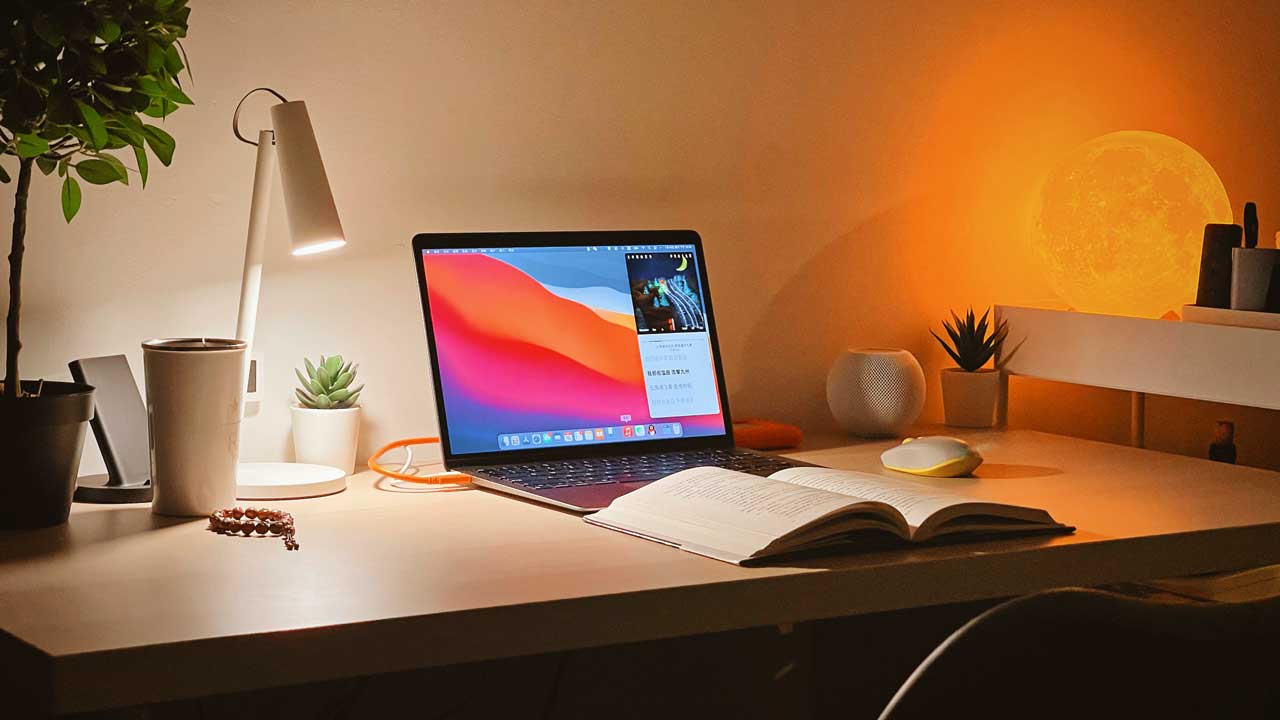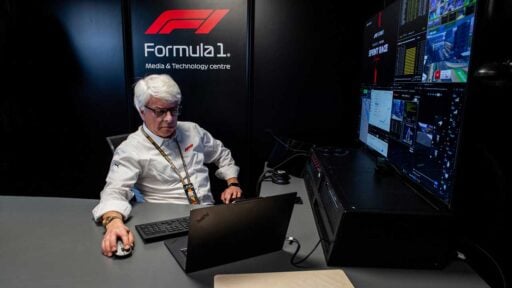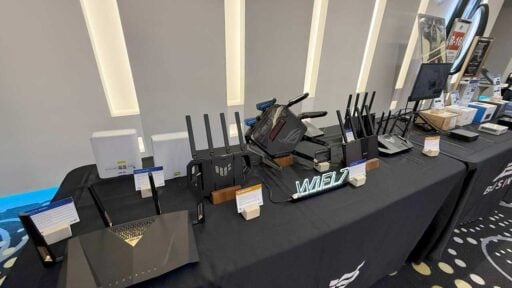The digital age has ushered in a revolution, particularly in the field of education. Once a mere adjunct to learning, technology has become a central pillar in the educational landscape. This shift is not just about introducing new gadgets and software; it’s a profound transformation in how knowledge is imparted, received, and even perceived. This article will delve into various facets of how technology is reshaping education, from personalized learning experiences to virtual classrooms.
Table of Contents:
Access to a World of Information
The internet has democratized access to information, and this is profoundly impacting education. Gone are the days when students were limited to textbooks and library resources. Now, a vast universe of information is just a click away. Students can access scholarly articles, interactive video tutorials, online encyclopedias, and more anytime and anywhere. They can even use a write my paper for me service at any time of day or night. This ease of access broadens the learning horizon and encourages self-initiated learning and research.
Moreover, technology has enabled a culture of collaborative learning. Platforms like Google Classroom and Microsoft Teams allow students to collaborate on projects, share resources, and provide peer feedback, irrespective of geographical boundaries. This collaborative environment fosters a sense of community and encourages students to learn from each other, a stark contrast to the isolated learning methods of the past.
Virtual and Augmented Reality in Education
Virtual Reality (VR) and Augmented Reality (AR) are not just buzzwords in the gaming industry; they have found significant educational applications. These technologies offer immersive learning experiences that were once the stuff of science fiction. For example, VR can transport students to ancient historical sites or enable them to explore the human body in 3D, providing a level of interaction and engagement that traditional teaching methods can’t match.
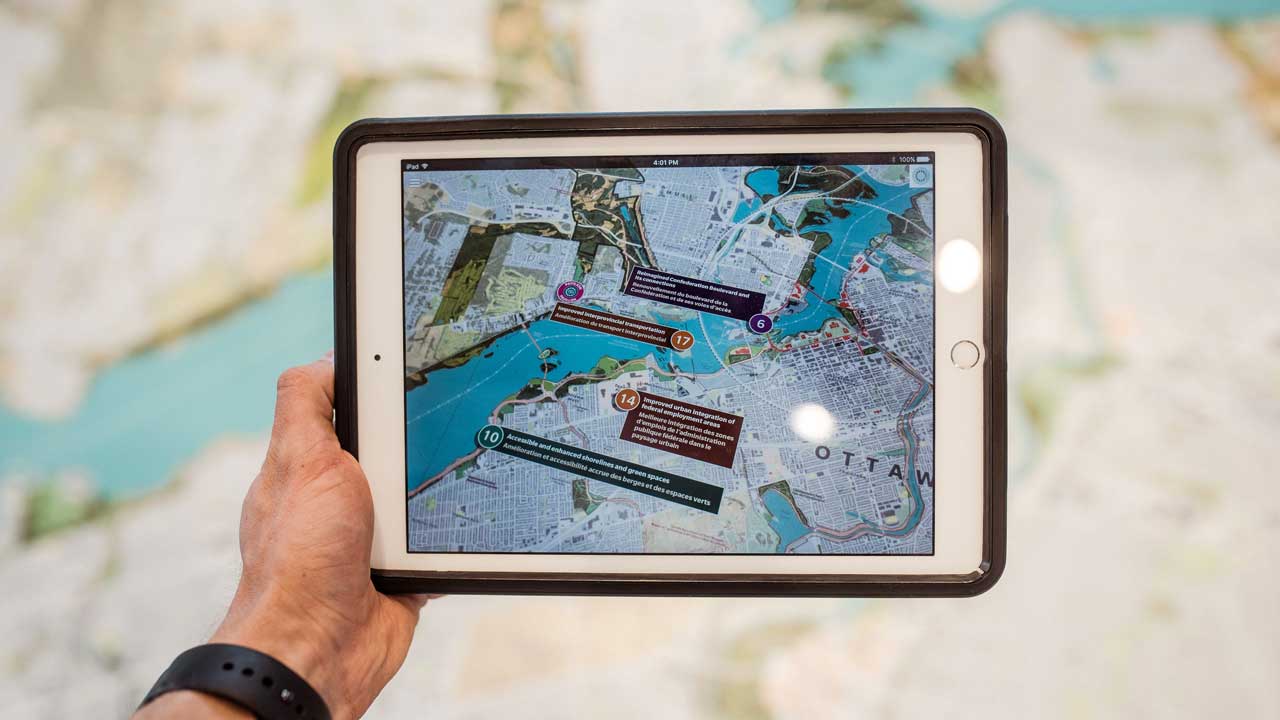
In science education, AR and VR tools help visualize complex scientific concepts, making them easier to understand. Applications like Elements 4D and Microsoft’s HoloLens are examples of how AR and VR are being used to bring abstract concepts to life. This not only aids in better comprehension but also makes learning a more enjoyable and memorable experience.
Personalized Learning Experiences
One of the most striking changes brought about by technology in education is the move toward personalized learning. In traditional classrooms, a one-size-fits-all approach often prevails, where every student is expected to learn at the same pace. However, technology has made it possible to tailor educational experiences to individual needs. Through adaptive learning software, students can learn at their own pace, with the content adapting to their learning style and pace. This personalization not only makes learning more effective but also more engaging for students.
For instance, platforms like Khan Academy and Coursera offer resources that adapt to student responses, allowing for a more personalized experience. These platforms use data analytics to understand students’ strengths and weaknesses, offering customized courses and exercises. This level of personalization was unimaginable in the pre-tech era and had the potential to bridge gaps in understanding that were once thought insurmountable.
The Flipped Classroom Model
The flipped classroom is a pedagogical model that leverages technology to reverse the traditional learning environment. In this model, students first explore new content at home, usually through video lectures or online resources, and then use classroom time for discussions, problem-solving, and hands-on activities. This approach turns the traditional model on its head – instead of using class time for passive learning, students engage in active learning, with the teacher acting as a facilitator.
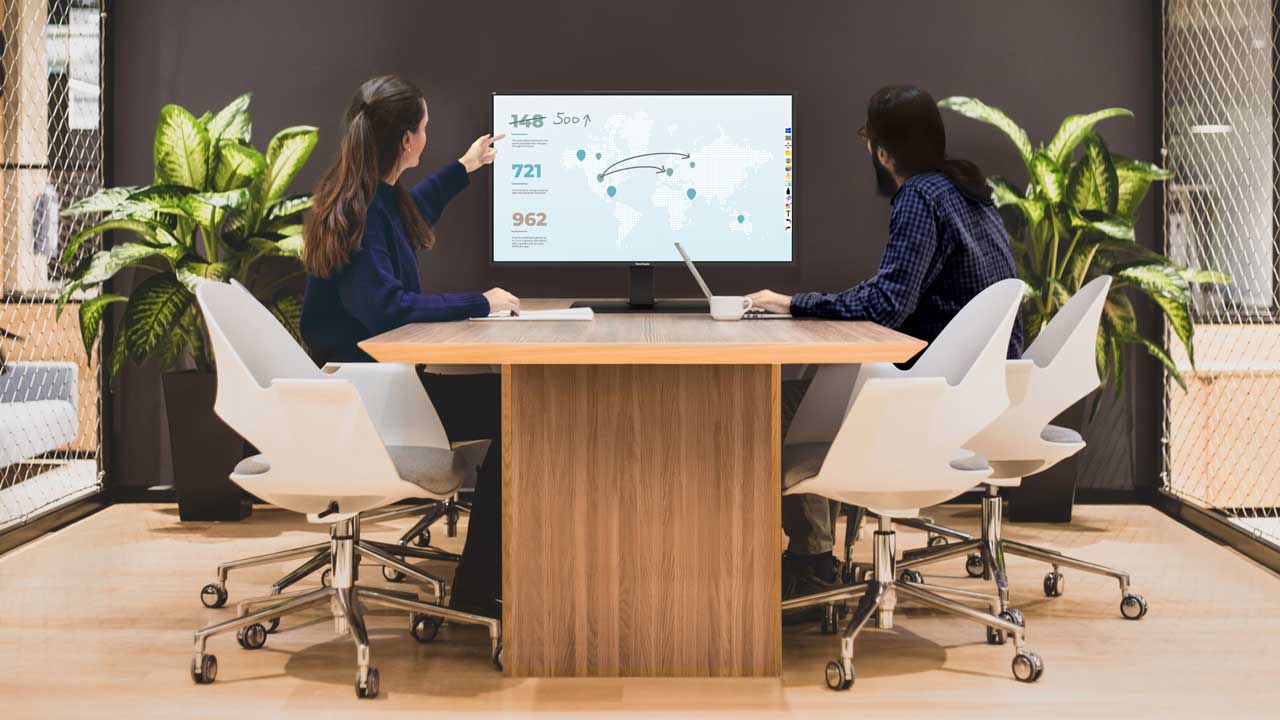
This model has been made possible largely due to technological advancements. Video lectures, online courses, and interactive learning platforms are integral to the flipped classroom, allowing students to engage with the material at their own pace before class. This leads to more dynamic and interactive classroom sessions, where students can delve deeper into the subject matter, ask questions, and collaborate on projects.
The Challenges and Future of Tech in Education
While technology has undoubtedly transformed education, it’s not without its challenges. Issues such as the digital divide, where not all students have equal access to technology, and the potential for screen time to impact health negatively are concerns that educators and policymakers are grappling with. Moreover, integrating technology into education requires significant investment in infrastructure and teacher training, which can be a hurdle for many institutions.
Despite these challenges, the future of tech in education is bright and full of possibilities. Emerging technologies like Artificial Intelligence and Machine Learning are set to make learning even more personalized and effective. The ongoing evolution in EdTech promises an enhancement of the existing educational paradigms and a complete transformation, making learning a more inclusive, engaging, and life-long process.
Conclusion
Technology is not just an addition to the educational toolbox; it redefines how we teach and learn. It’s an exciting time for educators and students alike as we navigate this new landscape and unlock the full potential of technology in education.

